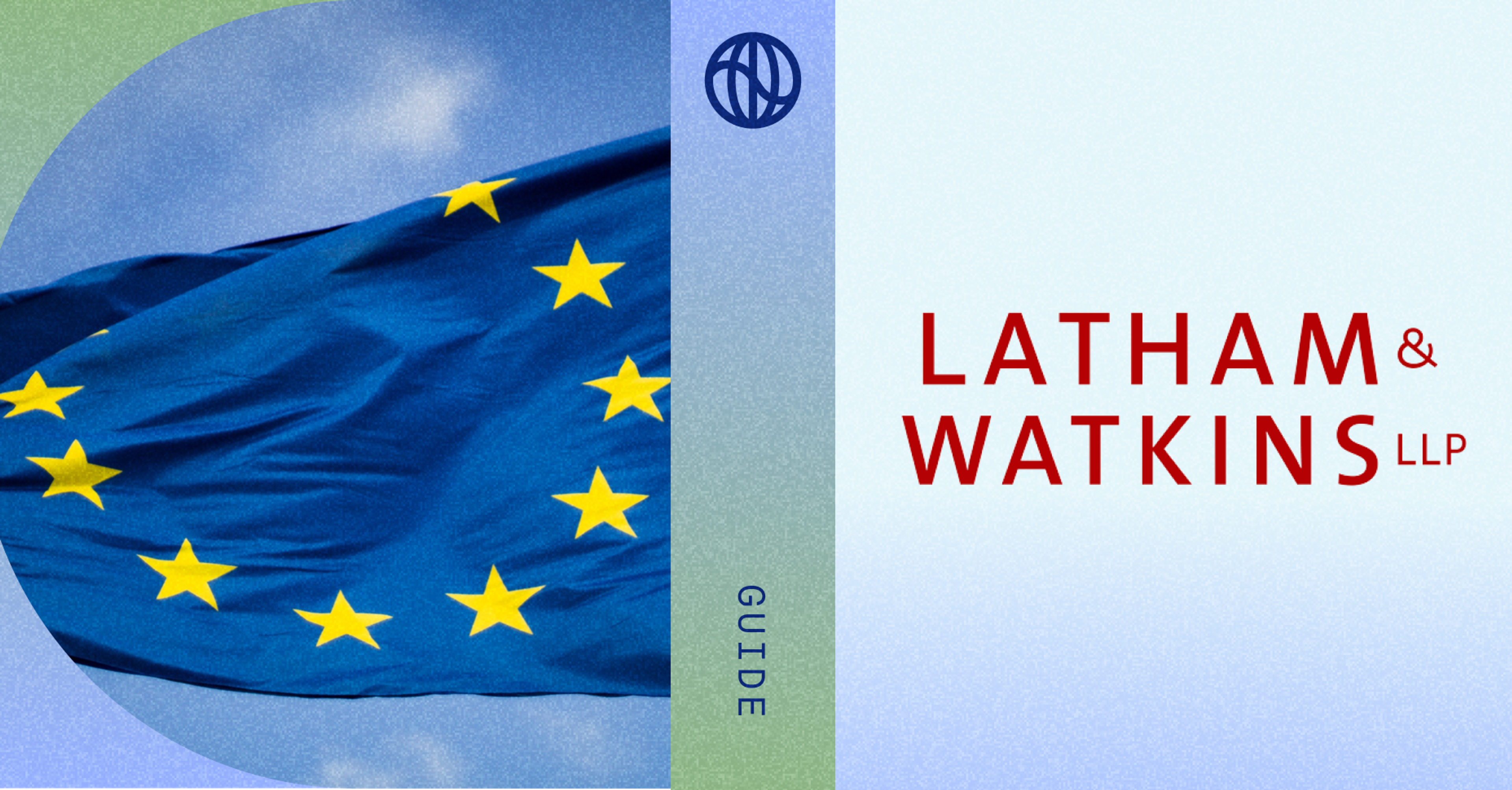
The California State Senate is currently considering a bundle of bills–together known as the Climate Accountability Package–that focus on corporate climate responsibility. If passed, the package will spur a new level of rigor in how the state holds businesses accountable for their climate impact.
The package includes State Bills (SB) 253 and 261, which would require companies to disclose their greenhouse gas emissions and climate-related financial risks, respectively. (See more details on the bills here.)
Michael Littenberg, Ropes & Gray partner and global head of the firm’s ESG, CSR and Business and Human Rights practice, advises leading public and private companies, asset managers and trade associations on ESG and corporate social responsibility. With more than 30 years of ESG-related experience, Michael is widely viewed as one of the leading practitioners globally in this rapidly evolving area. He joined us in March 2023 to answer questions on the upcoming California bills; read our discussion below.
Why is California seeking to pass the Climate Accountability Package now?
Littenberg: Last term, a bill similar to SB 253 that would have required corporate greenhouse gas emissions disclosures narrowly failed to pass the California Assembly, having passed the Senate in an earlier vote. This year, the Senate sponsors of SB 253 believe there is more support for the bill that will lead to approval in both the Senate and Assembly.
California has long been a climate leader and, with the fourth-largest economy in the world, the state has leverage to drive progressive improvement globally through legislation. In this regard, the bills would pick up many companies not captured by other proposed climate legislation. For example, the Securities and Exchange Commission (SEC) has proposed climate risk disclosure rules, which in some respects are similar to SB 253 and SB 261. However, the SEC’s proposed rules only would apply to public companies, while SB 253 and SB 261 would capture some private companies that are left out of that rule.
Who would be subject to the Act and how might the precise scope be narrowed/refined?
Littenberg: SB 253–which would require measurement and disclosure of Scope 1-3 emissions–would apply to all companies doing business in California with an annual total (not just California-related) revenues of more than $1B. SB 261–which would require TCFD-aligned climate-related risk disclosures–has a lower threshold, applying to all companies doing business in California with revenues above $500M. These requirements would likely pick up the vast majority of large U.S. corporates, since most do business in California.
Keep in mind that, at this point, these are just bills and subject to all of the give-and-take that is part of the legislative process. The disclosure requirements may change. For example, when final SEC climate disclosure rules are adopted, elements of the California bills may be adjusted to more closely align with the SEC rules. Adding consistency between the two would facilitate comparability and lower compliance costs. The compliance thresholds in the two bills also may be harmonized.
How likely are the bills to pass, and when?
Littenberg: It is always hard to predict the likelihood of any particular piece of legislation passing. However, last year, a bill similar to SB 253 came close, narrowly failing in the Assembly. The bill sponsors have indicated a broader coalition of support this term and appear confident, though we’ll need to see how deliberations play out.
How do SB 253 and SB 261 compare to other climate risk-related regulations, including the SEC's climate disclosure rule?
Littenberg: In the coming months, the SEC is expected to adopt climate disclosure rules (learn more about the proposed SEC rule here).
There are similarities in broad strokes between the California bills and the SEC’s proposed rules, since both the SEC’s proposed rules and SB 261 are TCFD-based. In addition, SB 253 and the SEC’s proposed rules would requiregreenhouse gas emissions disclosures and third-party assurance of that data.
However, in some respects, the California proposals potentially go further than those of the SEC.
The California bills would require disclosure by all companies that meet the size thresholds, while the SEC’s proposed rules would only apply to public companies. SB 253 also would require scope 3 emissions measurement and disclosure for all subject companies, irrespective of materiality or whether they are part of targets set by the registrant, although implementing regulations may provide clarity regarding required disclosures. On the other side of the ledger, the SEC rules would in many cases require onerous line-item-level financial statement disclosures concerning the physical and transition impacts of climate change.
The California rules also overlap in some respects with the recently proposed Federal Acquisition Regulation (FAR) climate rules that would apply to U.S. federal government contractors, as well as the proposed disclosures under the EU Corporate Sustainability Reporting Directive (CSRD).
The proposed FAR rules would require greenhouse gas emissions disclosures by contractors that received more than $7.5M in annual federal contract obligations. Contractors receiving more than $50m annually in federal contracts also would be required to provide more extensive annual TCFD disclosures via the CDP platform, and–unlike the SEC and California proposals – would be required to set science-based emissions reduction targets.
The CSRD will cast an even wider net, applying to an estimated 50,000 companies with EU operations, including a large number of U.S.-based companies and/or their EU subsidiaries. The CSRD takes a “double materiality” approach, requiring companies to report not only on how climate change may affect their business, but also the impacts their business may have on the climate. The CSRD is also broader than just climate reporting; it also requires information on social, workforce, human rights, anti-corruption issues and other ESG matters.
How should companies prepare for SB 253 and SB 261?
Littenberg: Even in the absence of final requirements, companies are well-served by putting in place compliance frameworks and calculating emissions data aligned with the TCFD and the GHG Protocol, since these form the backbone of climate risk and disclosure regulation. That is unlikely to change even if final regulations are scaled back from those proposed. The TCFD framework and GHG Protocol also are aligned with voluntary reporting practices and increasing stakeholder and commercial expectations.
Companies also should familiarize themselves with the requirements of proposed climate rules to which they would be subject. They should start to develop an action plan for compliance with those rules and continue to monitor the rulemaking process.


